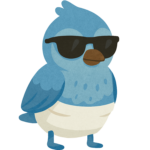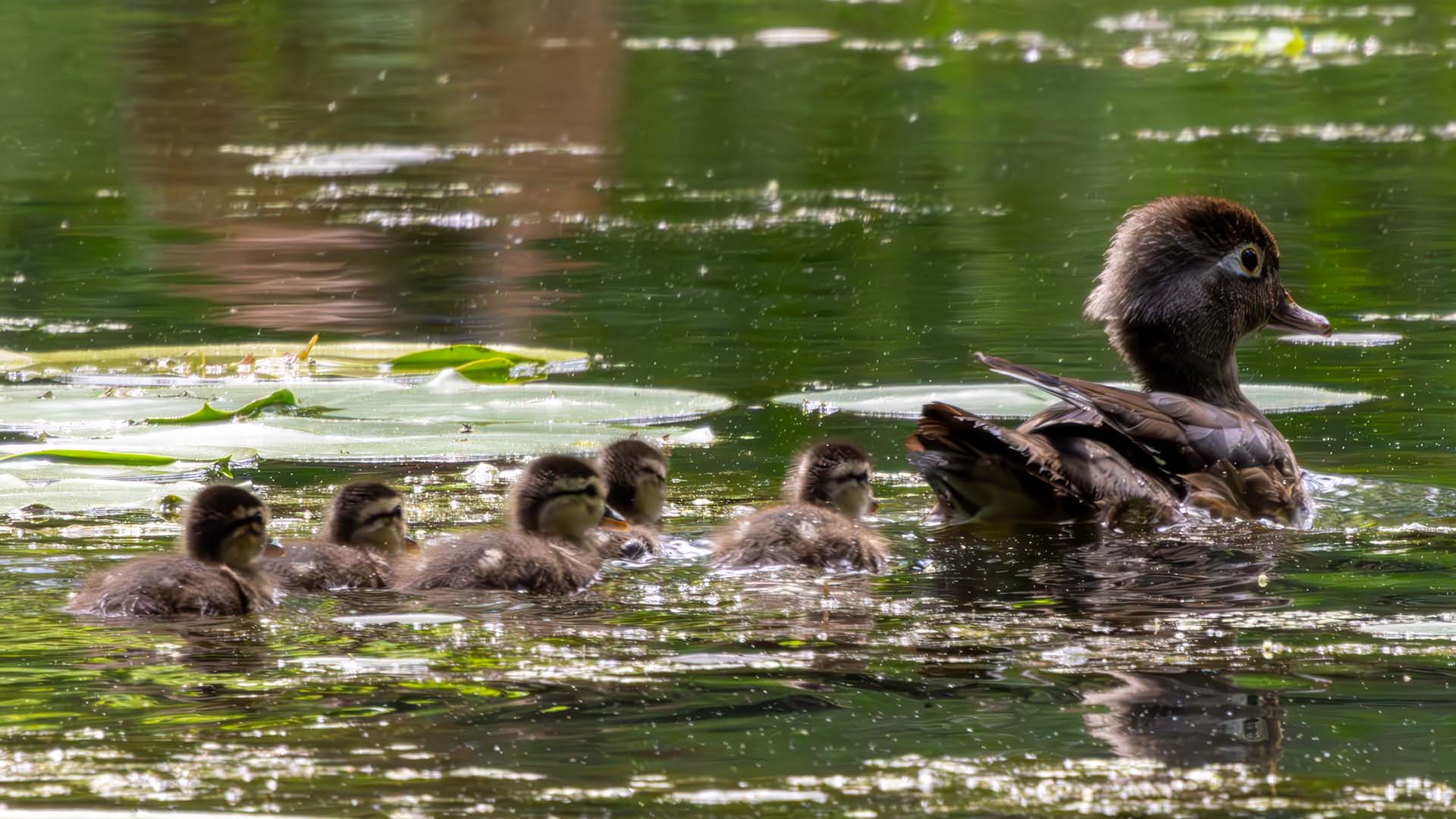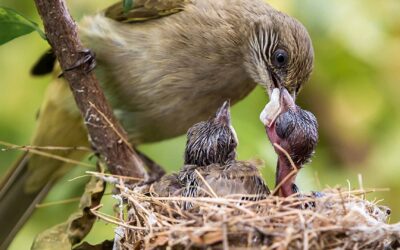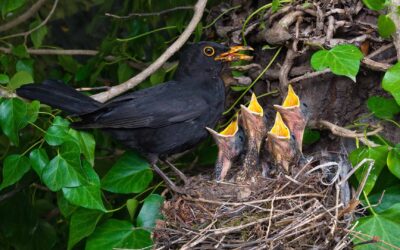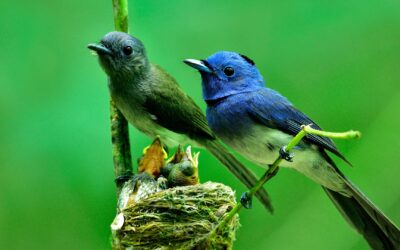Meet the Baby Wood Ducks Making a Splash
What’s brown, fuzzy, and bouncing across lily pads? A squad of baby wood ducks, freshly hatched and ready for adventure! This real-life nature moment shows a mother wood duck leading her fuzzy ducklings through a calm, green pond. It’s not just cute—it’s part of one of the most daring and adorable duckling traditions in the animal kingdom.
How Baby Wood Ducks Start Their Journey
Unlike many birds that nest close to the ground, wood ducks actually nest high up in tree cavities—sometimes as high as 60 feet! That means their babies have to make a *leap of faith* on day one.
- Wood ducklings jump from their nest within 24 hours of hatching.
- They bounce on forest floor leaves and head straight to water—guided by their mother’s calls.
- They can’t fly yet, but they can swim immediately after hatching 🐣💦
Wood Duck Behavior Is Full of Surprises
Mother wood ducks are fierce protectors. They lead their ducklings to food-rich wetlands and keep a sharp eye out for predators like turtles, hawks, and even big fish. They also have a unique call they use to communicate to other wood ducks.
Want to join in on the fun? Grab yourself a Woody Wood Duck Call and start a conversation.
What Do Baby Wood Ducks Eat?
Baby wood ducks are omnivores, which means they eat both plants and animals. Here’s what’s on the menu:
- Tiny insects and beetles
- Aquatic plants and seeds
- Small crustaceans
They learn what to eat by watching mom and exploring the shallow waters of their wetland home.
Did You Know? Fast Facts About Wood Ducks
- Wood ducks are cavity nesters—they don’t build nests on the ground like mallards.
- They have sharp claws that help them grip tree bark and climb.
- Male wood ducks (not pictured here) are known for their incredible rainbow-colored feathers.
How to Tell Wood Ducklings from Other Ducklings
Baby ducks can look super similar, but here’s a helpful tip: Wood ducklings have bold white lines on their face and dark brown caps, while mallard ducklings tend to be lighter and have more yellow around the eyes.
Nature Is Closer Than You Think
If you’re lucky enough to see baby wood ducks in the wild, keep your distance, move slowly, and observe quietly. These little adventurers have a big job ahead of them—learning how to survive in the wild, one paddle at a time.
Want to learn more? Check out this excellent resource on Wood Ducks from the Cornell Lab of Ornithology.
🌿 Next time you’re near a pond or wetland, take a moment to peek at the ripples—you just might spot a fluffy flotilla of ducklings tagging along behind mom!
